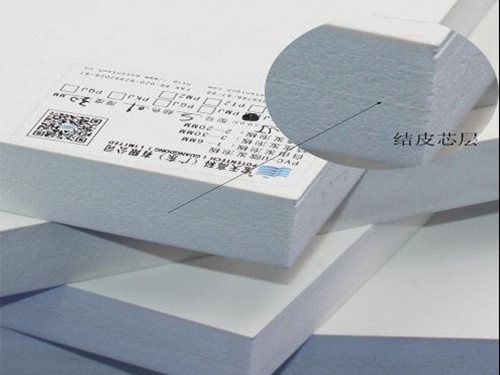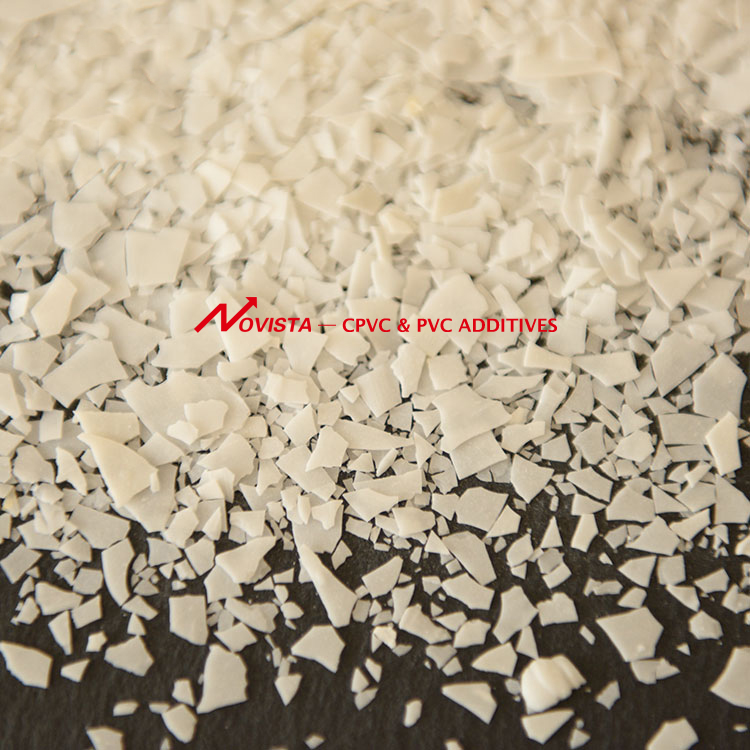
Privacy statement: Your privacy is very important to Us. Our company promises not to disclose your personal information to any external company with out your explicit permission.

Pvc crust board with its unique performance and beautiful appearance is widely used in major industries, I believe many customers are more interested in how it distinguish between true and false.
True crust is the use of seluca method to form a layer of dense and rigid crust on both sides of the plate, which can increase the hardness and nail holding power of the plate. These physical properties are very important for furniture manufacturing or house decoration.
Celuka, also called controlled foaming, is currently used very widely and was invented by the French company gine kulmann. It is one of the first patented extrusion foam molding methods. The principle of selucafa is that the outer skin of the melt is compressed and cooled in a styling device directly connected to the die mouth, and the core dies in the cavity ensure that the extrudate leaves space when leaving the die mouth. It is filled with free foam in the sizing die by the melt. Cooling strength, core die size, and extrusion speed can affect foam core density and outer skin thickness. Complex shapes produced in this way have low density, high hardness and a smooth surface.
To identify whether a PVC board has (true) crusts, it is actually very simple! Use the thumb nails to press hard on the surface of the PVC board, and then carefully check if there is a deep dent. If there is, it is obviously false and it is better not to use it. In addition, there is a core layer in the middle of the true crust foam board. As shown in the above figure, the PVC crust foam board clearly shows the core layer in the middle of the true crust foam board.

We Novista Group are the professional manufacturer of PVC Additives using for PVC foaming boards. We can supply foaming regulator, acrylic processing aids, and PVC Stabilizers (Ca/Zn Stabilizer and Lead stabilizers).
For more details, pls email to sales06@novistagroup.com; or contact with us by WhatsApp (0086 150 6536 1235)/Skype (neil_novista)
September 03, 2021
August 10, 2024
August 02, 2024
April 03, 2020
July 05, 2019
The PVC industry in Australia has basically eliminated the use of lead stabilizers in PVC products. According to the progress report of the 2011 PVC product management plan released in May, the PVC...
A multi-specimen, high-performance, dust-free compound lead salt stabilizer that is widely used in plastic product processing enterprises has recently been successfully developed and put on the...
Methyl tin heat stabilizer is a high-efficiency stabilizer in the thermal processing of polyvinyl chloride (PVC). Its stability, transparency and compatibility are better than organotin homologues...
A new environmentally friendly non-toxic calcium-zinc compound stabilizer has recently been successfully developed and put on the market in Shandong Novista Chemicals Co., Ltd. At present, lead-salts...
Email to this supplier
September 03, 2021
August 10, 2024
August 02, 2024
April 03, 2020
July 05, 2019
Send Inquiry

Mr. Ron Han
Tel:86-536-8206760
Fax:86-536-8206750
Mobile Phone:+8615336365800
Email:manager.han@novistagroup.com
Address:RM1232-1233,#4 Building No.4778 Shengli East Street, Weifang, Shandong
Related Products List
Mobile Site


Privacy statement: Your privacy is very important to Us. Our company promises not to disclose your personal information to any external company with out your explicit permission.

Fill in more information so that we can get in touch with you faster
Privacy statement: Your privacy is very important to Us. Our company promises not to disclose your personal information to any external company with out your explicit permission.